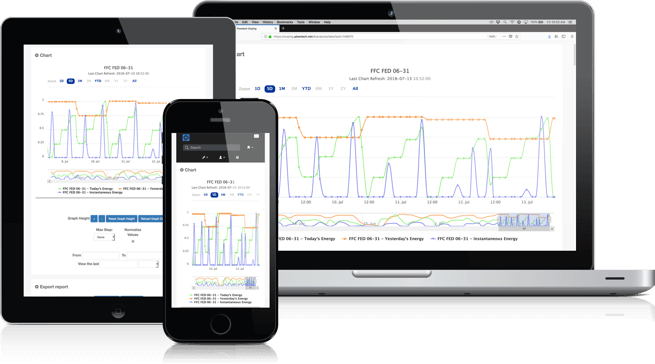Welcome to OnPing: the premier automation platform for Water and Wastewater projects. Manage SCADA, Alarms, and Regulatory Reports in one space – then connect it all in real-time with operational realities. OnPing creates a bridge between all the pieces of an automation system to make digital water management look and feel like real water management.
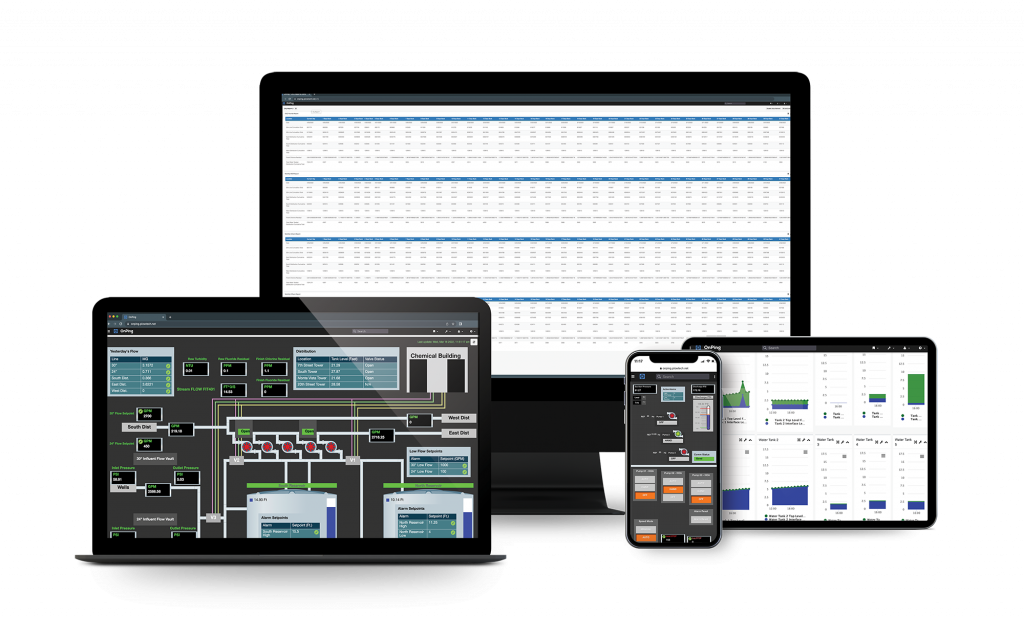
The State of Water Automation
OnPing’s data and device management tools are developed through practical, hands-on experience. We develop features to solve real problems. Many water and wastewater treatment facilities face similar issues, especially in rural areas! These may sound familiar:
- Sites or lift station locations are spread out, requiring long commutes by technicians
- Existing hardware and software are outdated and prone to failure
- Bad internet connection and cell service limit options
- Good people are hard to keep around
- Understaffed, overworked, and don’t have time to look through a thousand new products
- Small facilities and a small staff with no ‘technical’ experts
This list could go on forever, but the basic message is, “Do more with less.” Distance and reliability issues come with the territory, and most municipal districts see no end to these traditional rural and small town obstacles. These problems often seem impossible to solve with the annual budget, so the issues get marked down as ‘just part of the job’ to suffer through.
Enter, OnPing.
OnPing Can Help
What Exactly is an ‘Automation Platform’?
OnPing is a place full of tools for automation jobs, like a giant virtual toolbox or warehouse. If you can access the toolbox, then you can use any and all of the tools. A platform can bring your facilities, equipment, and people into one place where it’s easier to communicate and faster to get things done.
Need an Alarm your lift station levels? Build it in OnPing.
Need to create a DEQ report? Create an automated report in OnPing.
Don’t want to drive 3 hours to read a tank level? See it live in OnPing.
A platform is just a place to get work done. Whatever tools you need to better manage your water treatment facilities, find and use them here.

The Layers of OnPing
The framework of OnPing is its strength, providing a robust communications infrastructure for monitoring, system controls and alerting. We visualize this structure in layers:
Dashboarding Tools are provided for creating and distributing data. Unlike many dashboard systems (tableau, Power BI, etc) data signals can flow 2 ways, enabling application loops.
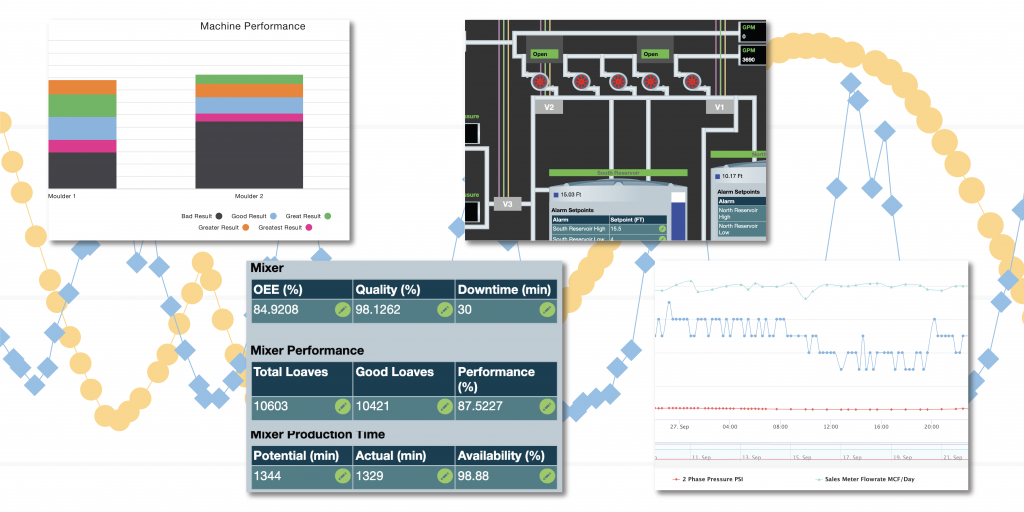
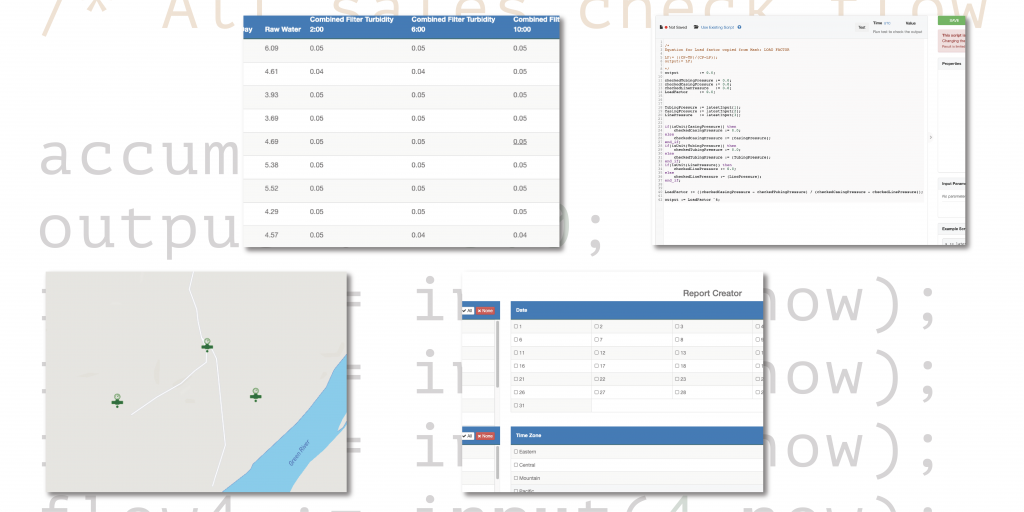
Scripting and Reporting Tools provide sets of tools for organizing and batching data on the fly. Also incorporating a full power scripting system to create new metrics from existing ones and to automate the taking of action on given conditions.
Data Ingestion Tools include drivers for legacy and cutting edge systems. This tooling also includes proper low bandwidth telemetry control. Lastly we include tools for store and recovery and edge device and application management.
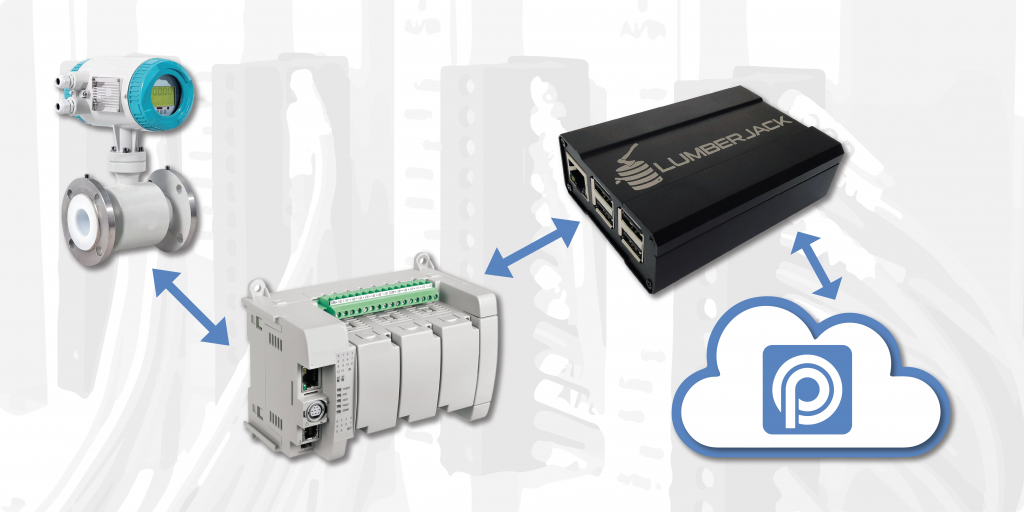
All of these layers can be configured in numerous ways to allow OnPing to fit in to nearly any ecosystem or facility. Give us the problem, and let us put the right tools to work for you.
How To Get Started with OnPing?
First things first, get Connected!
Connectivity and Compatibility
Enabling OnPing connections in your facility starts with connecting to the internet. A lot of options are available to generation connectivity – from cell networks, to radio connecity, to local or satellite internet networks – and OnPing works with it all. Regardless of your location, you can access bleeding edge automation solutions.

Old, New, or In Between – It All Works with OnPing
Another hesitation we see regarding connectivity is found in a lot of older facilities with legacy equipment. It’s easy to assume age or mismatched models and manfuturers would make lifts stations, pumps, or other equipment difficult to connect with. OnPing makes it work.

OnPing can communicate with any device through any protocol. Connect a Lumberjack to a system with readable information, then the Lumberjack relays live data streams to the OnPing cloud environment. You are exactly one internet connection away from upgrading your entire water/wastewater treatment automation system.
Continuous Improvement
We understand there will always be a new, ‘next big thing’. We continually develop new features to keep up with the cutting edge of automation technology in the water sector.
Also, all new tools are released in OnPing for every User- no add ons, modules, or extensions to buy. Stay in touch with our updates by following the OnPing blog or checking out the bi-monthly OnPing newsletter.
Reliability
There are a lot of things that cause frustration with legacy systems, but none so much as problems with reliability! An unreliable system is worse than the new trainee that keeps trying just a little too hard to do a little too much. The trainee affects a few people – a poorly plant automation system often impacts everyone!
Unreliability is catastrophic. If you can’t trust the data then the automation system is worse than useless.
OnPing Puts Reliability First
OnPing makes data integrity a top priority, and it starts at the ground level with the Lumberjack.
Lumberjack Edge Computing System
The first role of the Lumberjack is to make communications work between OnPing and other devices. Every data stream in OnPing originates in a Lumberjack. When we say we can work with any device or protocol, it is because the Lumberjack standardizes all the data before it gets to the OnPing cloud space.
The Lumberjack is vital to how OnPing works, at it also makes the platform a great fit for water treatment facilities. We can bring in data from facilities with a mix of old and new equipment, from any number of manufacturers, then make it work together in OnPing because it all looks the same when it gets there. This is a huge benefit in the industry, because it means upgrading your data system doesn’t require a full scale upgrade of the hardware!
A second, key way the Lumberjack serves OnPing is as a data logger (hence, the name “Lumberjack”). Logging is important, because in the case of network disruption it offers OnPing a way of maintaining an unitterupted, pure data set. When connectivity is regained, the Lumberjack and OnPing cloud synchronize data – so you are never left in the dark. Our fully integrated Cloud/Edge environment supports Users who need to trust data and make decisions quickly. No where is the more important or apparent than for the peoople that manage our water supply.
Cloud/Edge Integration
Where other cloud-based solutions compromise data integrity for ‘flexibility’, we see the edge and cloud as two parts of a whole. The relationship between Lumberjack, LAS, and OnPing integrates edge and cloud systems in a single platform where Users can experience the best of both worlds – flexibility to do what you want with good, reliable data.
In practical terms, data ingestion, communication, and archiving occur near the source where data can be retrieved and handled most reliably. Edge handling of these processes preserves data integrity and mitigates corruption caused by inevitable network interruptions. Data is collected on the ground, harmonized in a consistent record of events and then pushed to the cloud where it can take advantage of OnPing’s suite of tools.
Versatile, by Design
OnPing facilitates versatility through simplicity. We have three data centric goals – Make data accessible; Make data make sense; and Make data easy to use. Each of these is accomplished by simplifying some part of the automation process.
For example, OnPing’s integrated edge/cloud infrastructure (managed by the Lumberjack and Lumberjack Application System) naturally supports a highly accessible and intuitive data system. Low-code tools, referred to as Widgets, then enable Users to easily utilize data in OnPing. Widgets are building blocks that offer basic solutions to common tasks. Experiment with different combinations of building blocks to create powerful tools and build advanced automation structures.


